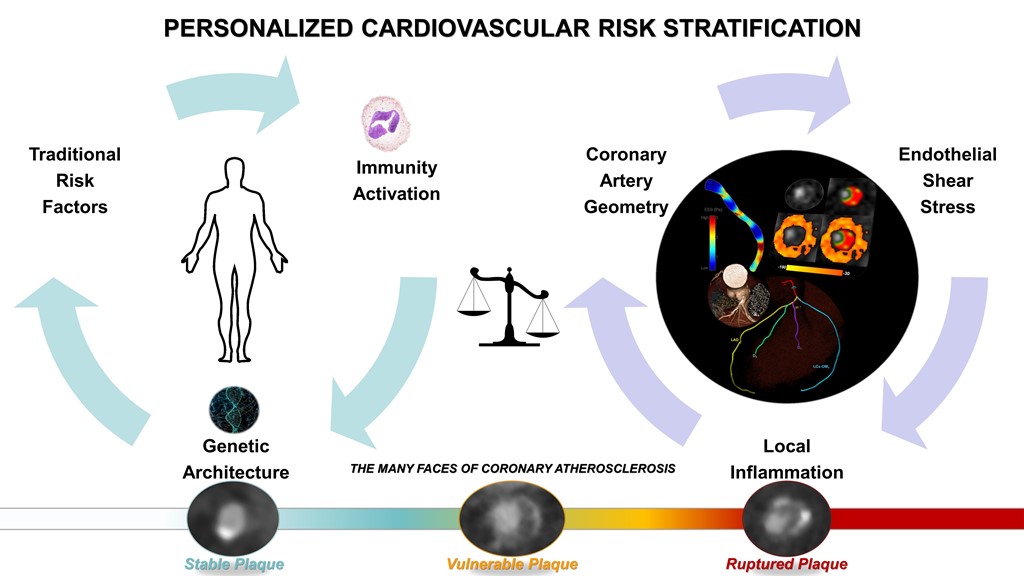Coronary artery disease (CAD) represents a modern pandemic associated with significant morbidity and mortality. The multi-faceted pathogenesis of this entity has long been investigated, highlighting the contribution of systemic factors such as hyperlipidemia and hypertension. Nevertheless, recent research has drawn light to the importance of geometrical features of coronary vasculature on the complexity and vulnerability of coronary atherosclerosis. Various parameters have been investigated so far, including vessel-length, cross-sectional area, curvature, and tortuosity, using primarily invasive angiography and recently non-invasive cardiac computed tomography angiography (CCTA). It is clear that there is correlation between geometrical parameters and both the haemodynamic alterations augmenting the atherosclerosis-prone environment and the extent of plaque burden. The purpose of this review is to discuss the currently available literature regarding this issue and propose a potential non-invasive imaging biomarker, the geometric risk score, which could be of importance to allow early detection of individuals at increased risk of developing CAD.

